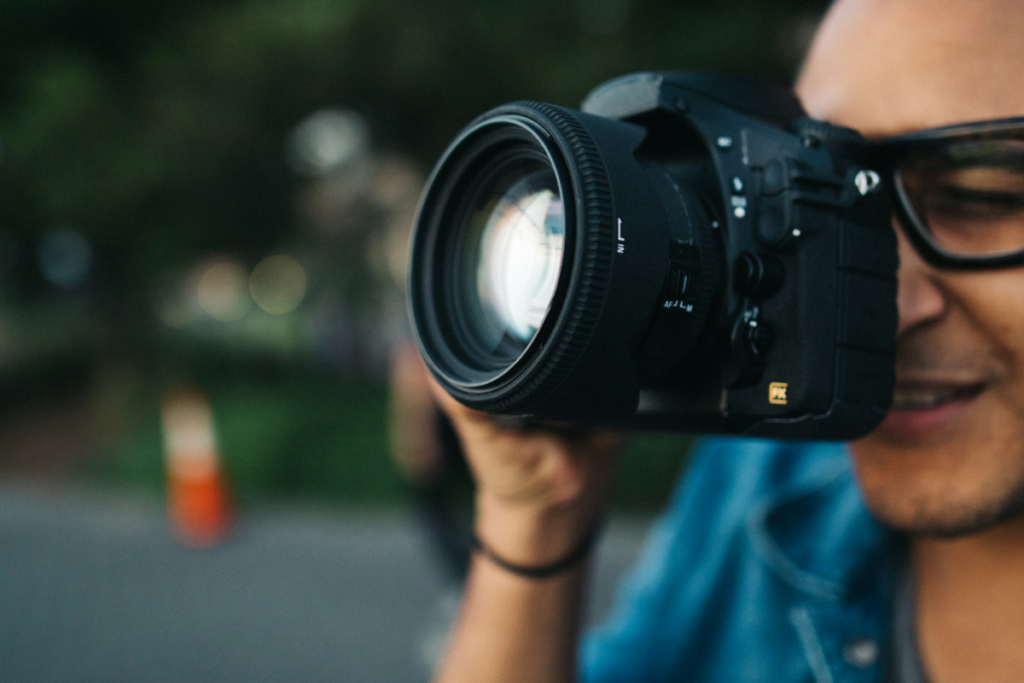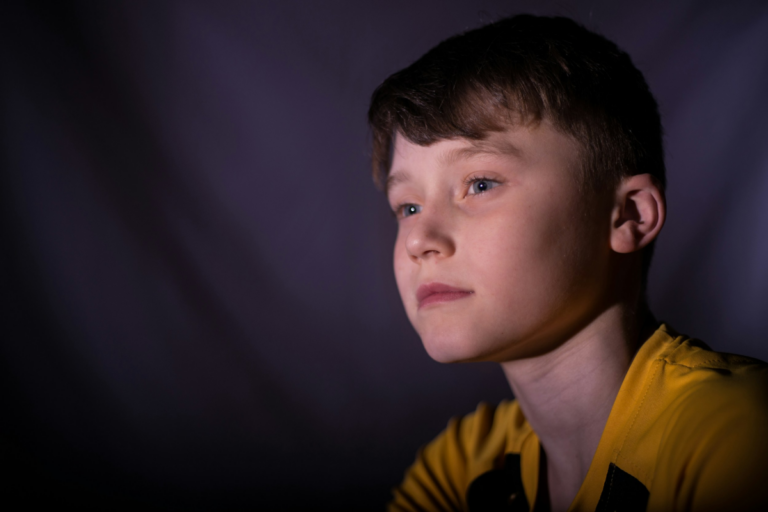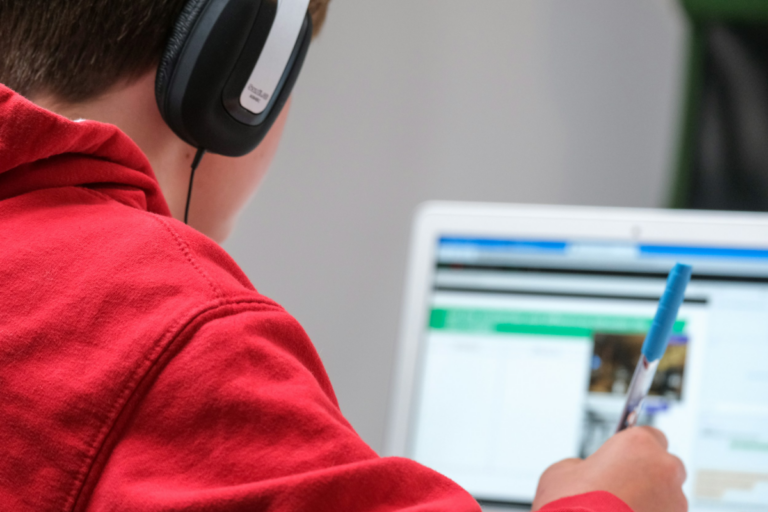
Looking at the world today in retrospect, it’s hard not to feel strongly about the scale of technological innovation and its continued influence on society. Whatever your viewpoint is, whether you’re a proponent of technology and – more specifically, artificial intelligence (AI) – pushing boundaries across industries, or would prefer that the human touch remain prevalent, it would be naive to overlook how things are changing.
Looking at photography in particular, a creative medium intrinsically linked with the human experience, stands at a crossroads where technological advancement meets genuine, innate artistry – the question remains: is AI a danger to this valuable creative outlet?
While this argument has been raised several times, especially in recent years with the explosion of open-source generative AI tools like Midjourney (as of March 2024, boasting 19.26 million users), and their increased availability and popularity, it’s important to look a little deeper. Can AI truly capture the emotional depth that makes photography a valuable and often irreplaceable storytelling tool?
For business leaders committed to understanding transformative technologies and their continued evolution, this question is worth exploring. Despite AI’s growth and innate deep learning capabilities, human emotion captured in time can never truly be replicated with an algorithm. This article explores how and why, and the arguments surrounding this human interest issue.
The essence of photographic storytelling
Photography, in the eyes of millions, transcends the process of simply capturing images and moments in time. It is a multifaceted, nuanced art form that tells vivid and captivating stories and experiences, whether it’s scenic beauty or profound human emotion.
Meanwhile, AI, at its core, processes pixels, patterns and prompts and formulates imagery that, in many ways, is as realistic and technically accurate. However, AI cannot replicate what a human photographer sees and interprets in their surroundings before they lift their cameras. Each photograph – digital or print – represents more than a series of numerical and visual data sets; it’s a narrative, a moment of genuine human connection distilled into a single frame.
Many business leaders understand that innovation isn’t simply about casting people aside and replacing them with software and tools, but rather, augmentation and support. AI, for example, has been touted as a mechanism that helps unlock video games for people with visual impairments, so there is an argument to be made that it can enhance rather than eliminate human creativity in photography as well. The most genuine and meaningful technological solutions amplify human potential, they don’t eliminate it.
Should photography not be technically perfect?
AI tools can generate razor-sharp and technically flawless images with remarkable precision, often with the click of a few buttons. However, image perfection and emotional engagement are not mutually exclusive. Cameras that can take high-quality, film-esque shots of genuine moments and experiences rely not on algorithmic calculations and information digestion, but on the photographer’s intuition and ability to read subtle interactions, moods, ambience and other elements. They can anticipate moments of vulnerability and create an environment that fosters a certain mood, and their genuine images reflect that.
Consider a portrait photo that captures a moment of authentic emotion – a child’s laughter, a couple’s alluring gaze, an entrepreneur’s expression of determination, an animal’s posture, to name just a few. These images are not constructed through a series of binary commands; they are discovered through human empathy, connection, and inherent observation.
Ethical considerations in AI image generation
As business leaders committed to responsible, sustainable and ethical innovation, we must carefully evaluate AI’s role in industries, not just our own but those we can often take for granted. Statistically, it’s a challenge – with 74% of companies struggling to achieve and scale value with AI adoption.
For all of the opportunities that AI can unlock, whether it’s streamlining tasks, minimising disruptions, or analysing vast amounts of data, there remain profound ethical problems surrounding its widespread, unsupervised use in generative image creation.
It’s no secret that AI-generated imagery is a faster, often more profitable solution than taking unique shots with your own devices, editing them and distributing them yourself via specific channels. There are rarely as many copyright and licensing disputes with AI image use, and their propensity speaks volumes. There are benefits of using AI imagery…but only in certain contexts.
It would be naive to ignore the pertinent questions of authenticity, human experience and creativity as it pertains to AI image use. We must ask ourselves as business leaders:
- Can an algorithm truly understand cultural nuance?
- Does AI-generated imagery respect individual dignity?
- How do we preserve creative human expression?
The solution: Using AI as a creative asset and ally
Ambitious business owners should rightfully consider how best to utilise a transformative and evolving technology like AI to assist, rather than replace their incumbent image generation process. Rather than positioning AI as a competitor or industry disruptor, forward-thinking business owners can view it as a collaborative asset to their processes, where, with human supervision and oversight, it can drive their businesses and creativity forward.
For instance, in an image and photography context, AI can:
- Streamline post-production processes
- Assist in image consolidation and grouping
- Aid in metadata tagging
- Provide technical image enhancement
- Generate initial creative concepts
Those who can utilise AI’s computational power while preserving the invaluable human element within images will be seen as the most innovative and inclusive.
Looking forward: Photography and AI as a catalyst for change
Technology leaders may have ambitious targets of achieving competitive differentiation in their industries, staying ahead of industry trends, reducing environmental contributions, or pushing themselves and their companies beyond the realms of what was initially thought possible. Looking at the state of our world today, that can only be achieved through meaningful and tangible innovation.
Photography remains a powerful asset for engaging audiences, triggering emotional responses, adding context to your stories and values, and making a valuable social impact. Documentarian photographers are adept at capturing environmental destruction, highlighting social inequalities, and using imagery to explain how the planet’s future is at stake and spotlight those who are striving to make a valuable difference. These stories and situations cannot be algorithmically generated at all. Whether it’s building trust and relationships with subjects facing complex problems and realities, or maintaining cultural and environmental sensitivity in their pursuits, photographers are – and will always remain – pivotal.
Therefore, their future lies not in arbitrarily choosing between machine intelligence and human creativity, but rather in finding seamless and complementary integration. Business leaders should champion ways of embedding technology that respects and empowers human creativity, as opposed to removing it. AI tools can be used to support photographers and businesses alike, expanding their creative possibilities and making their human stories more compelling, rather than artificially generated.
AI will continue to evolve in the years to come and become increasingly sophisticated in image generation, accuracy, and precision. However, the core of image capture will always remain profoundly human – a testament to our capacity for empathy, storytelling and meaning.



